-
Adafruit IoT Monthly: Our Favorite IoT Projects from 2020
3,000 Thanks

Thanks to everyone reading this newsletter. We’re excited to have hit over 3,000 subscribers! We started this newsletter in May 2019 to highlight the latest projects and news for Adafruit’s IoT platform, Adafruit IO (io.adafruit.com). Since then, we’ve expanded this newsletter to not only focus on our offerings, but also include the best internet of things projects, news, and hardware from around the internet. Since then, we’ve published 29 issues - Adafruit Blog.
Our Favorite IoT Projects in 2020
We’ve dug into archives and sifted through everything published in 2020. Here are a few of our favorite projects from the 2020 IoT Monthly newsletter.
How to Pull your Own Covid-19 Data
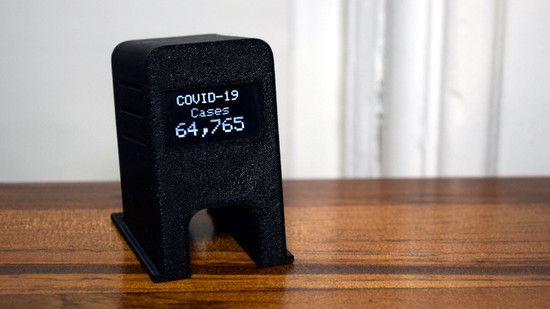
We saw a large amount of IoT projects which track Covid-19 numbers, from the case count to amount of vaccines administered. HackADay published a guide back in April for scraping raw data about COVID19 from multiple data sources. If you’re building a way to monitor the total number of cases in your state or country, this guide provides reputable data sources along with Python code snippets - HackADay.
ISS-Tracking Globe Lamp

A 3D printed globe which uses a servo and laser-pointer to display where on Earth the International Space Station is hovering over - Instructables.
The Internet Monster
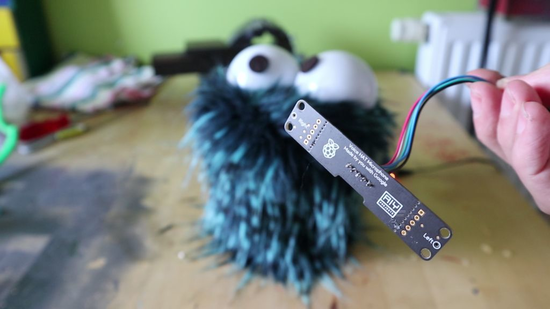
A cute monster which repeats what the Internet says. What could possibly go wrong? - Instructables.
Connected Weather Cloud Lamp

This is a fun project that plays with how to visualize information using only light and sound. What better way to have some fun with this than to make an Internet connected cloud that connects to an open source weather API? - Adafruit.
PyPortal Home Office Busy Display
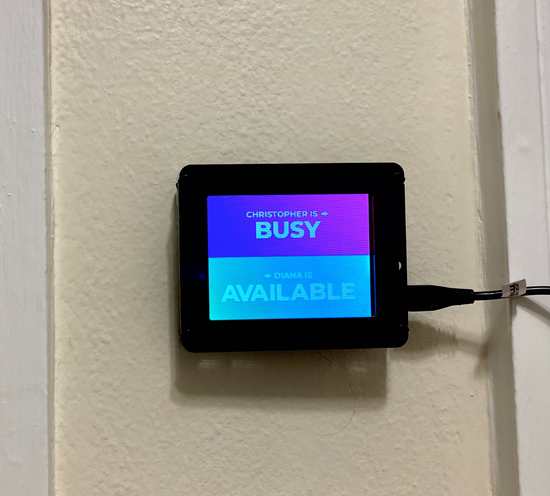
Diana Perkins (@diana_perkins) built a display using a PyPortal to show when someone in their home offices is busy. It’s controlled using a “rails app running on a machine on our local network so we can trigger it even if we already sat down for a meeting” - Twitter.
UnifiedWater
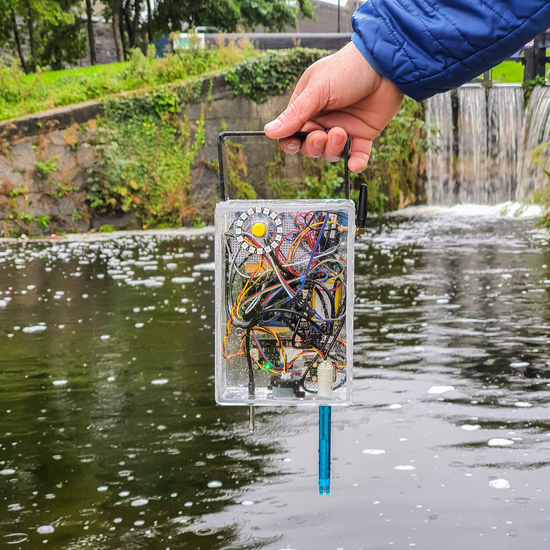
UnifiedWater is an affordable DIY IoT smart water quality monitoring device which allows scientists and authorities to identify polluted bodies of water - Hackaday.io.
Designing a LoRaWAN Monitored Garden
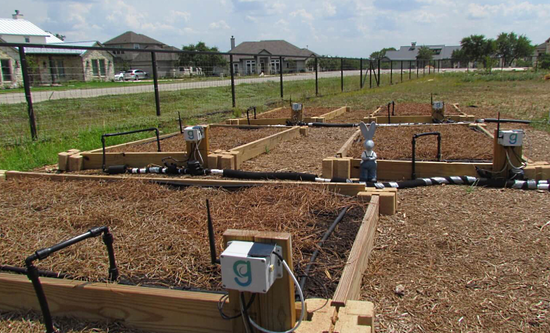
czuvich on the Adafruit Forums demonstrates their Greenclay LoRaWAN Smart Garden project. It is able to monitor and manage an outdoor garden using LoRaWAN with an Arduino programmed microcontroller. It is a complete package which includes a dev kit, garden controller, and mobile app - Adafruit Forums.
Adafruit IO Stats

Adafruit IO has over 367,000 total users! Here are the interesting stats from the last 30 days:
- Total Feeds: 589,324 (and counting!).
- There are over 19,000 feeds online as of time of writing (Dec. 28, 2020).
- There are an average of 4,800+ MQTT connections active 24/7.
Sign up for Adafruit IO (for free!) by clicking this link. Ready to upgrade? Click here to read more about Adafruit IO+, our subscription-based service. We don’t have investors and we’re not going to sell your data. When you sign up for Adafruit IO+, you’re supporting the same Adafruit Industries whose hardware and software you already know and love! You help make sure we’re not going anywhere by letting us know we’re on the right track.
-
Adafruit IoT Monthly: The Ultimate Bird Feeder, Adafruit IO UI Refresh, and more!
IoT Projects
The Ultimate Birdfeeder
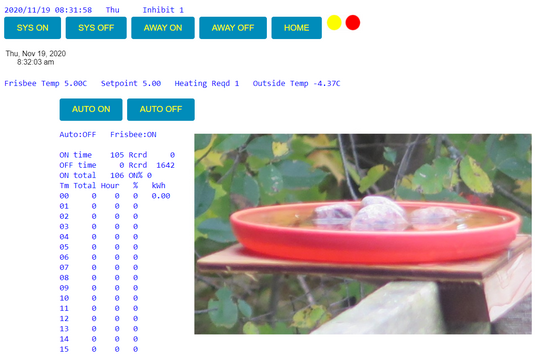
An internet-connected bird feeder system with a temperature-controlled bird bath. - HackADay.io
IoT Air Quality Sensor Enclosure
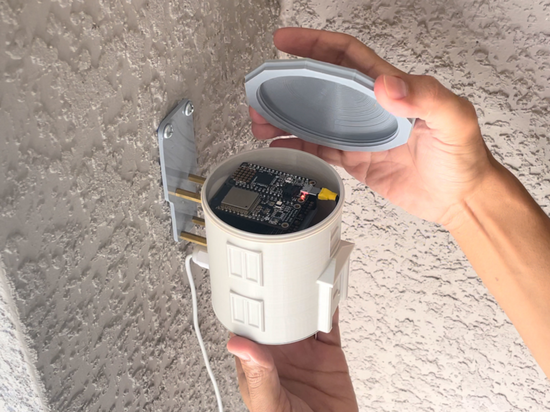
An IoT air quality sensor with a weatherproof enclosure modeled after a silo-home. - Adafruit Learning System
Microsoft Teams Presence LED Panel for Raspberry Pi
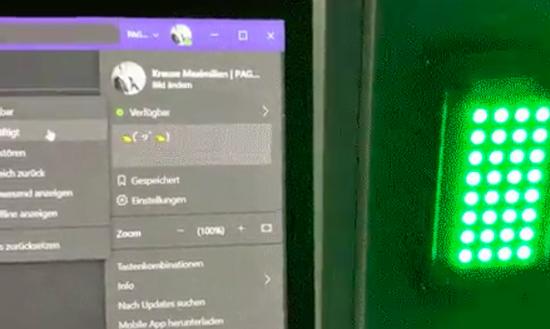
When looking at your teammates through little boxes on your screen, it’s nice to be able to know who’s available and who’s not. Here’s a project that will display your Microsoft Teams presence on an LED panel. - Adafruit Blog
Easy IoT Logging Options for the Beginner

HackADay published a list of IoT logging services for absolute beginners. - Hackaday
Integrating The Things Network with Azure IoT Central
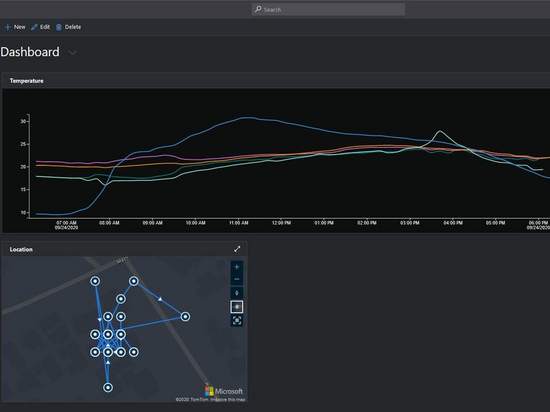
A full guide on connecting LoRaWAN devices to the Microsoft Azure IoT service. - Hackster
DIY Google Assistant with the Raspberry Pi BrainCraft HAT
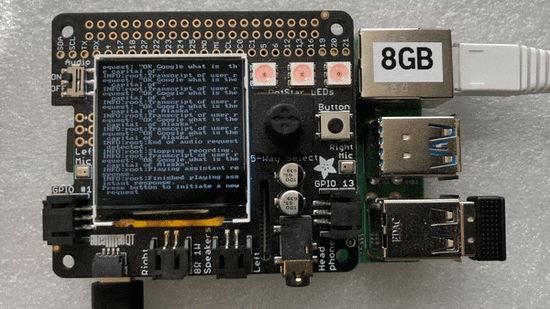
Build your own open-source Google Assistant device - Adafruit Learning System
Blinds Controller with HomeBridge MQTT
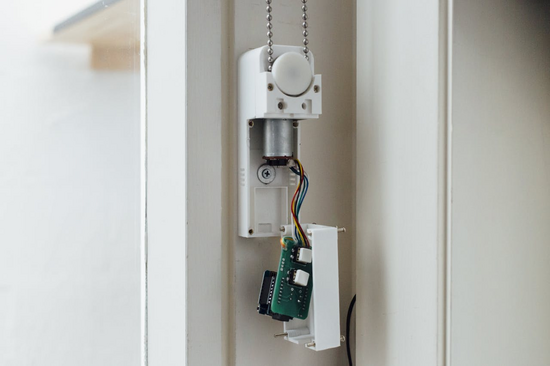
A retrofit ESP-powered controller for home-blinds compatible with Apple HomeKit. - Hackster
IoT News and More!
TinyML and IoT for Conservation Efforts

Developing an IoT solution to monitor threatened mammals using machine learning - Hackster
10 Reasons for ripping out a £6k lighting system

Rob Dobson ripped out a home lighting system he installed in 2012 in favor of a new WiFi based system. The post provides a breakdown of converting a large Z-Wave IoT system to WiFi. - Adafruit Blog
New Adafruit IoT Hardware: MagTag - 2.9” Grayscale E-Ink WiFi Display

The Adafruit MagTag combines the new ESP32-S2 wireless module and a 2.9” grayscale E-Ink display to make a low-power IoT display that can show data on its screen even when power is removed! The ESP32-S2 is great because it builds on the years of code and support for the ESP32 and also adds native USB support so you can use this board with Arduino or CircuitPython! You can attach this display to a metallic shelf, fridge, or workbench. - Adafruit Shop
SDRPlay offers free course on “Understanding Radio Communications”

SDRPlay is offering a free 12-hour course for those interested in “understanding radio communications - using SDRs”. If you’re looking to pick up new skills while staying at home due to COVID-19, this is a university-level course “for all students that have basic knowledge of signal theory and signal processing”. - SDRPlay
IoT Unravelled Part 1: It’s a Mess… But Then There’s Home Assistant
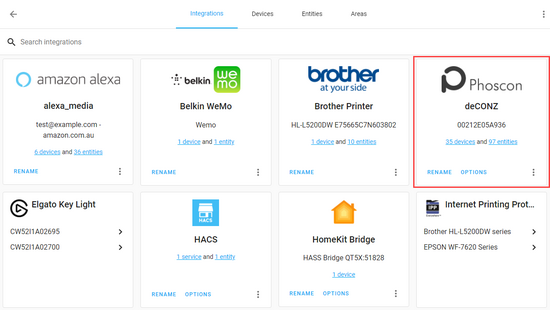
Troy Hunt is blogging his experience of “heading down the rabbit hole into a world of soldering, custom firmware and community-driven home automation kits”. This post discusses integration with different IoT hubs, automations, and the “initial layers of complexity” for getting started with Home Assistant - Troy Hunt
Adafruit IO News
Adafruit IO UI Refresh
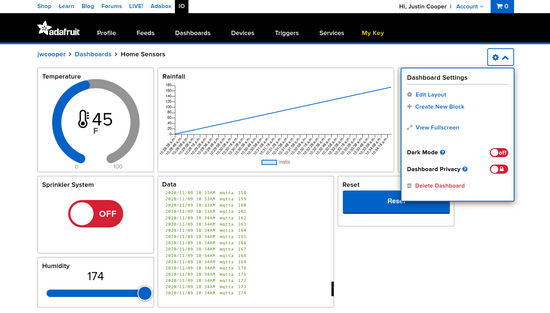
A refreshed Adafruit IO interface is now live on io.adafruit.com! We’ve been working on refreshing our user interface for Adafruit IO over the past few months. The focus on this update has been on making IO easier to use (larger fonts, less digging into menus) and with more options. You can watch this video tour of the refreshed user interface or visit Adafruit IO right now to get started.
Adafruit IO Stats

Adafruit IO has 359,125 total users! Here are the interesting stats from the last 30 days:
- Total Feeds: 574,381 (and counting!).
- There are over 20,029 feeds online as of time of writing (Nov 23, 2020).
- There are an average of 4,500+ MQTT connections active 24/7.
Sign up for Adafruit IO (for free!) by clicking this link. Ready to upgrade? Click here to read more about Adafruit IO+, our subscription-based service. We don’t have investors and we’re not going to sell your data. When you sign up for Adafruit IO+, you’re supporting the same Adafruit Industries whose hardware and software you already know and love! You help make sure we’re not going anywhere by letting us know we’re on the right track.
-
IO Updates - UI Refresh

User Interface Updates
We’ve been working on refreshing our user interface for Adafruit IO. We’re hoping to have this released shortly, and are in the final stages of testing now.
The focus on this update has been on making IO easier to use (larger fonts, less digging into menus) and with more options.

Light and Dark Mode in Dashboards
We’ll soon have support for both light and dark mode dashboards. You can easily toggle between them. See below for a sneak peek at the new layouts.
Light Mode:

Dark Mode:
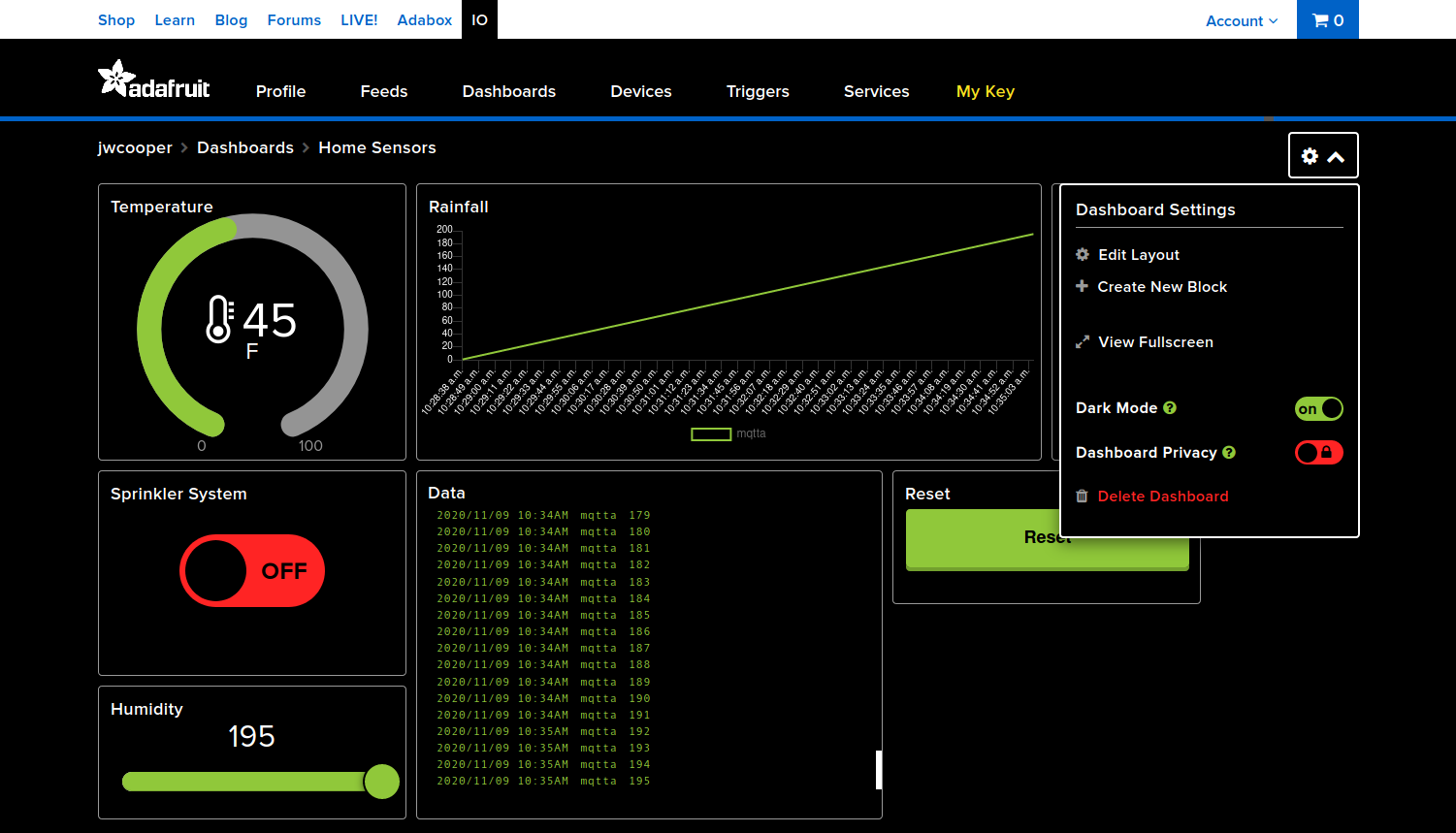
Let us know what you think on the Adafruit IO forums or if you have any questions.
-
Adafruit IoT Monthly: CO2 Cuckoo Clock, Wippersnapper, and more!
IoT Projects
CO2 Cuckoo Clock
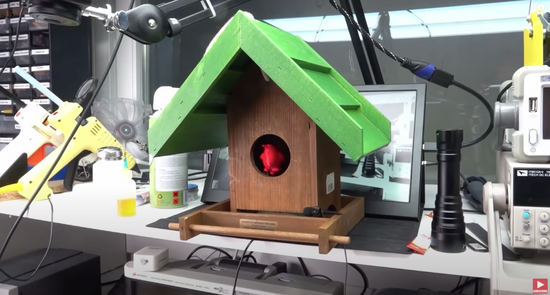
Andreas Spiess published a video building a unique CO2 sensor design. He presents a case why eCO2 sensors may not always be a good idea for an environmental sensing project and builds a cuckoo clock to detect aerosols. - YouTube
IoT Twitter Listener Party Parrot
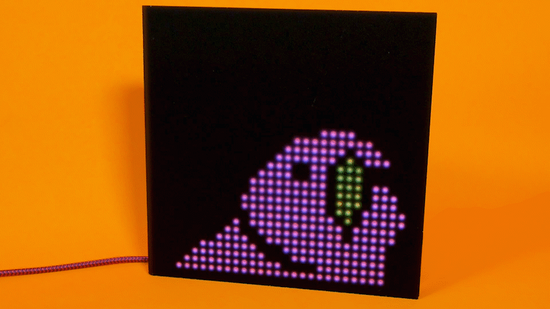
Throw a party every time someone sends you a tweet. This project uses the Twitter API v2 to query tweets and displays them as a sprite animation on a RGB LED Matrix. - Adafruit Learning System
Irrigator: Smart Sprinkler Controller
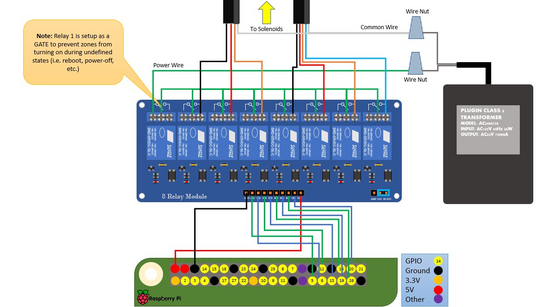
This smart sprinkler controller allows you to setup your own custom sprinkler system using a Raspbery Pi, a 4+ channel relay, and 24V AC Power Supply. If you have an existing sprinkler controller, it’s likely you can swap in this project relatively easily, utilizing the existing power supply - Github
IoT Air Quality Sensor with Adafruit IO
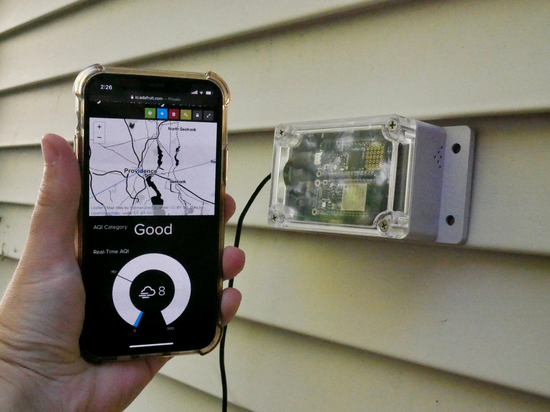
Breathe easy, knowing that you can track and sense the quality of the air (and environment!) around you with an IoT Air Quality Sensor. This sensor measures PM2.5 (particles that are 2.5 microns or smaller in diameter) dust concentrations, temperature and humidity - Adafruit Learning System
WaterAid
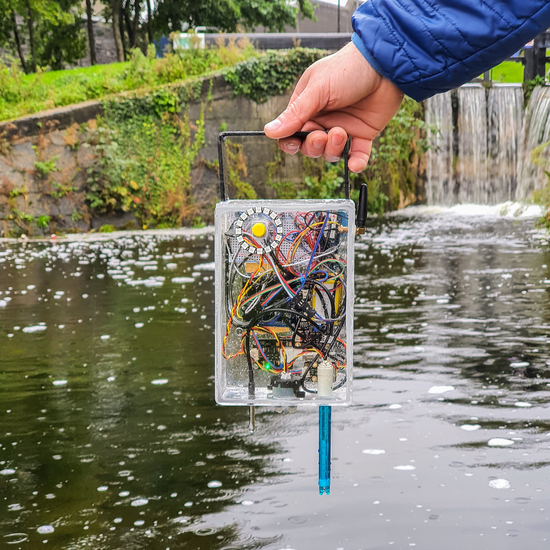
WaterAid is an affordable DIY IoT smart water quality monitoring device which allows scientists and authorities to identify polluted bodies of water - Hackaday.io
Smart Ping Pong LED Lamp

This LED lamp is a quick project that can be done within a day. Only a few cheap components are needed to create a nice looking ambient lamp. No programming is needed, the WLED firmware is uploaded to a microcontroller via a simple tool - Youtube
IoT News and More!
Threat modeling your IoT Projects

While building a pollution-monitor, @dcuthbert wrote an excellent twitter thread about threat modeling their IoT sensor - Twitter
TP-Link KL50 Smart Bulb Teardown

Tearing down an inexpensive LED filament WiFi bulb - ElectroBob
NEW IoT Hardware: Adafruit Metro ESP32-S2
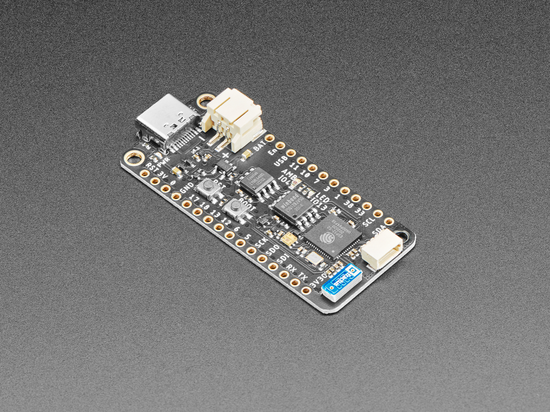
The first Adafruit board using the new ESP32-S2 240MHz Tensilica processor is out! This board is perfect for adding low-cost WiFi to your CircuitPython (with Native USB) or Arduino projects.
Check out the ESP32S2 in the Adafruit Shop
NEW IoT Hardware: FeatherS2

The full-featured ESP32-S2 based development board in a Feather format from Unexpected Maker. The FeatherS2 is a power house, fully souped up with 16 MB of Flash memory (for firmware and file storage) and 8 MB of QSPI-based external PSRAM so you can have massive storage buffers.
Check out the FeatherS2 in the Adafruit Shop
Adafruit IO
Adafruit IO Wippersnapper

We’re working on a new way for you to interact with Adafruit IO called Wippersnapper. While Wippersnapper is not public (yet!), we’ll be sharing details, features, development progress and updates every Wednesday on the Adafruit Blog as we work on this new service.
Adafruit IO Stats

Adafruit IO has 353,825 total users! Here are the interesting stats from the last 30 days:
- Total Feeds: 562,833 (and counting!).
- There are over 201,06 feeds online as of time of writing (October 29, 2020).
- There are an average of 7,500+ MQTT connections active 24/7.
Sign up for Adafruit IO (for free!) by clicking this link. Ready to upgrade? Click here to read more about Adafruit IO+, our subscription-based service. We don’t have investors and we’re not going to sell your data. When you sign up for Adafruit IO+, you’re supporting the same Adafruit Industries whose hardware and software you already know and love! You help make sure we’re not going anywhere by letting us know we’re on the right track.
-
Adafruit IoT Monthly: Matrix Portal, Solar Lawn Sprinkler and more!
NEW IoT Hardware: Adafruit Matrix Portal - CircuitPython Powered Internet Display
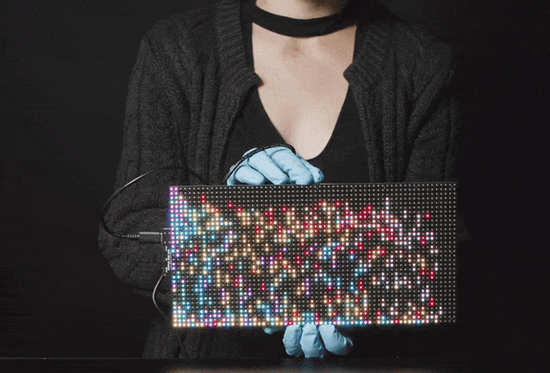
Folks love Adafruit’s wide selection of RGB matrices and accessories for making custom colorful LED displays… and Adafruit RGB Matrix Shields and FeatherWings can be quickly soldered together to make the wiring much easier.
But what if we made it even easier than that? Like, no solder, no wiring, just instant plug-and-play? Dream no more - with the Adafruit Matrix Portal add-on for RGB Matrices, there has never been an easier way to create powerful internet-connected LED displays.
To celebrate its release - we’ll be highlighting some of our favorite Matrix Portal guides in this newsletter.
Read more about the Adafruit Matrix Portal
IoT Projects
Moon Phase Clock for Adafruit Matrix Portal

The only way to get a correct Moon phase for your time and location is with math and science. Our Matrix Portal Moon phase clock lets you know where things stand right here and now, portraying the Moon’s phase more accurately than a printed calendar, and whether it’s currently in the sky or has set. - Adafruit Learning System
IoT Power Outlet with CircuitPython and Adafruit IO
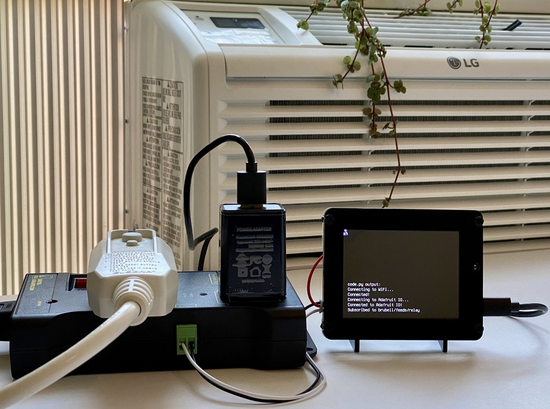
Control fans, lights, or any appliance using a microcontroller and Adafruit IO - Adafruit Learning System
CircuitPython Support for ESP32-S2
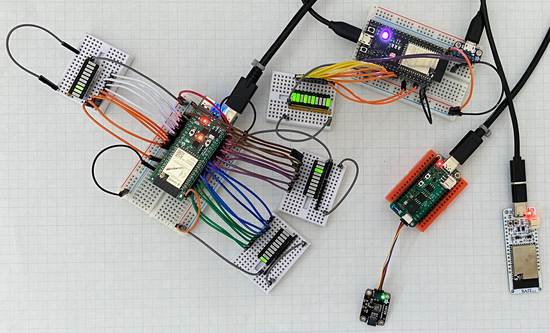
ESP32-S2 boards from Espressif, GravitechG, UnexpectedMaker and Electronicats all running CircuitPython 6.0.0-alpha.3 as CircuitPython 6.0 moves closer to an official release (currently in beta!). - Twitter
Solar Powered IoT Lawn Sprinkler

A DIY WiFi lawn sprinkler powered by the sun. - movingelectrons
RGB Matrix Automatic Youtube ON AIR Sign
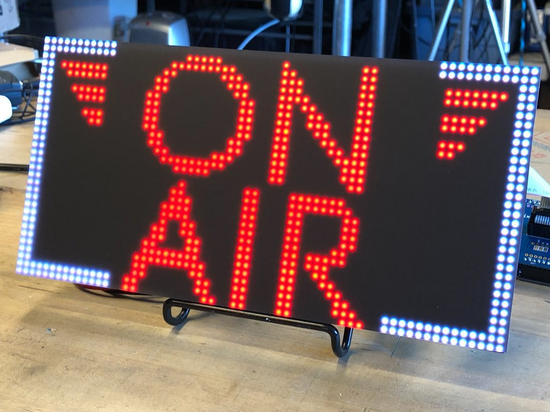
Everyone’s streaming, from Zoom to Twitch to YouTube and more. This sign will let people know not to knock on your door when you’re ON AIR! - Adafruit Learning System
Air Quality Sensor with Sensor.Community and Home Assistant
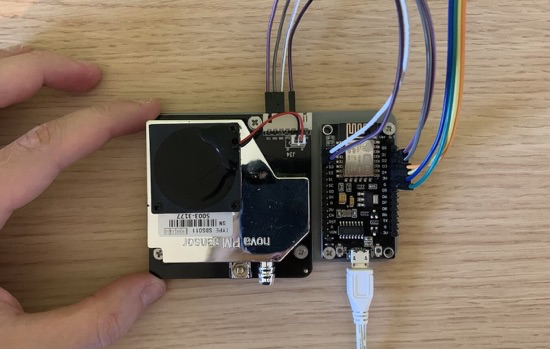
Build an air quality sensor to read your air quality and connect it to the open source air quality sensor map sensor.community. - savjee
IoT News and More!
TensorFlow Lite Micro Support on ESP32

Google’s Tensorflow blog announced TensorFlow Lite Micro support on Espressif’s flagship SoC, the ESP32. - EspressIf
Sensor Community is an Open Environmental Sensor Data Network
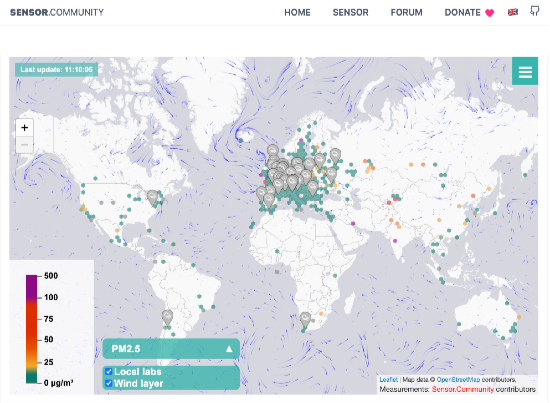
Sensor.Community is a new contributor driven global sensor network for Open Environmental Data. Their map currently supports sensors which monitor air quality (PM2.5, PM10) and noise. - Sensor.Community
This is what a Hacked IoT Coffee Machine Looks Like
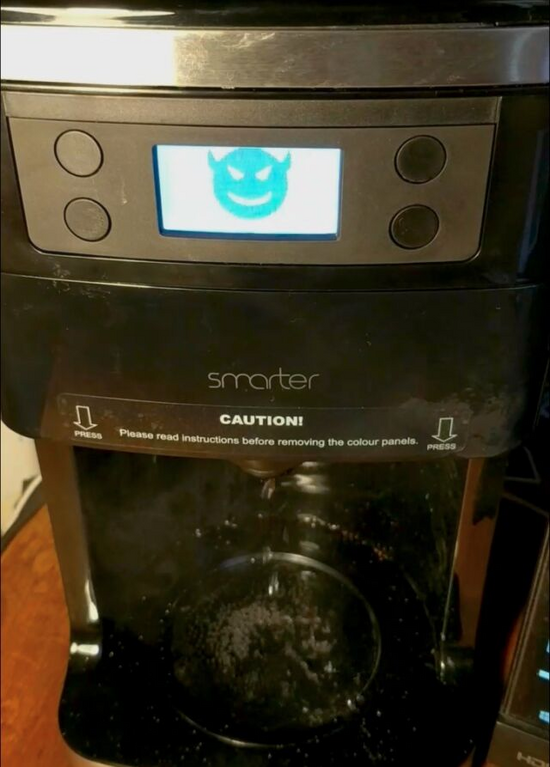
A researcher at security company Avast reverse engineered a Smarter Coffee Maker v2. While watching it aimlessly execute code to grind beans and drip water is fun, we can’t help but wonder what if this was a different, necessary, internet-connected device. - ArsTechnica
Amazon Details Sidewalk, a new range- extension for Echo and Tile devices

There was not much information available last time this newsletter covered Amazon Sidewalk. Last week at Amazon’s hardware event, they provided some details about the new service. Sidewalk “uses Bluetooth Low Energy (BLE), the 900 MHz spectrum and other frequencies to simplify new device setup, extend the low-bandwidth working range of devices and help devices stay online and up-to-date, even if they are outside the range of home WiFi.” New Echo devices are capable of acting as a Sidewalk Bridge to extend the working range of connected IoT devices - Amazon Developer Blog
Adafruit IO
NEW GUIDE: Adafruit IO Basics: Schedule Triggers

We’ve released a new guide in the Adafruit IO Basics Series for using Adafruit IO’s scheduled triggers. Build an internet-controlled lamp and connect it to Adafruit IO to schedule turning the lamp on or off during the week. The project in this guide may be adapted to control any AC (mains) appliance or device. - Adafruit Learning System
Adafruit IO Stats

Adafruit IO has 348,252 total users! Here are the interesting stats from the last 30 days:
- Total Feeds: 550,390 (and counting!).
- There are over 18,434 feeds online as of time of writing (July 30 2020).
- There are an average of 7,000+ MQTT connections active 24/7.
Sign up for Adafruit IO (for free!) by clicking this link. Ready to upgrade? Click here to read more about Adafruit IO+, our subscription-based service. We don’t have investors and we’re not going to sell your data. When you sign up for Adafruit IO+, you’re supporting the same Adafruit Industries whose hardware and software you already know and love! You help make sure we’re not going anywhere by letting us know we’re on the right track.
